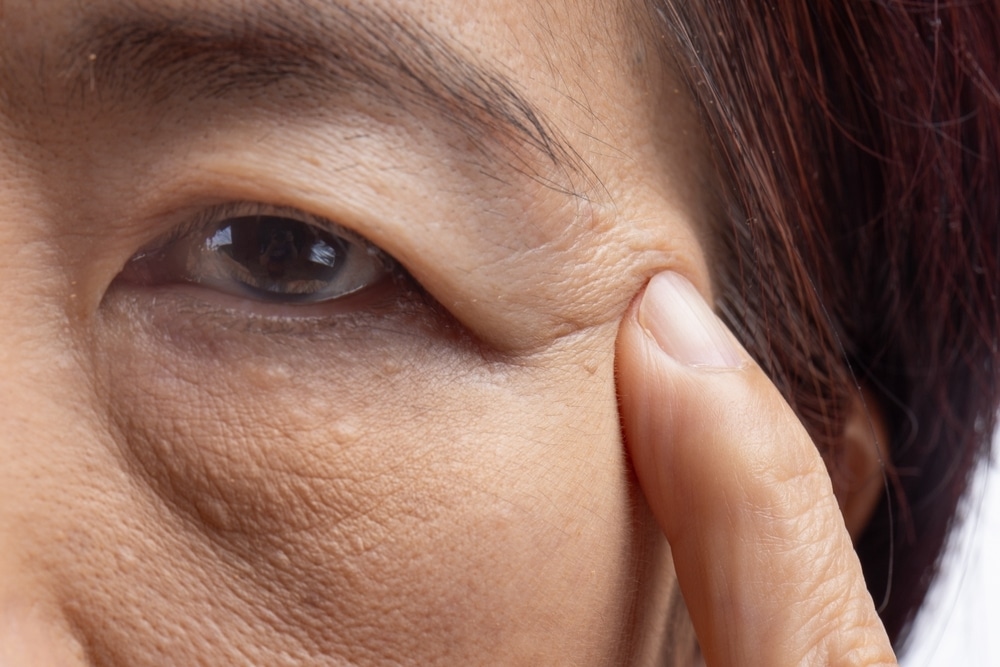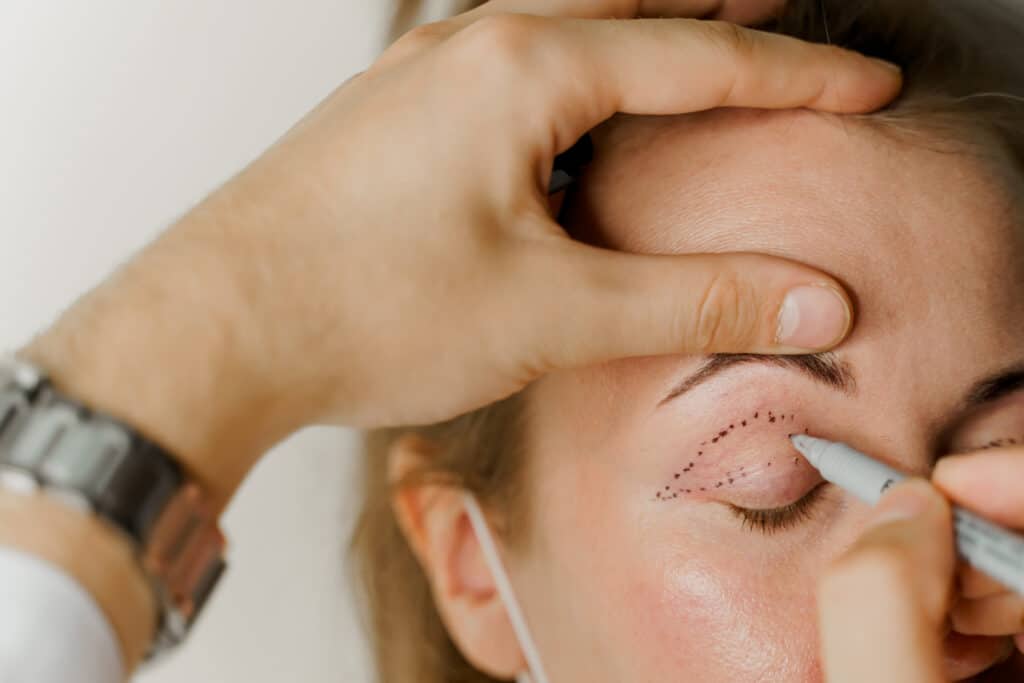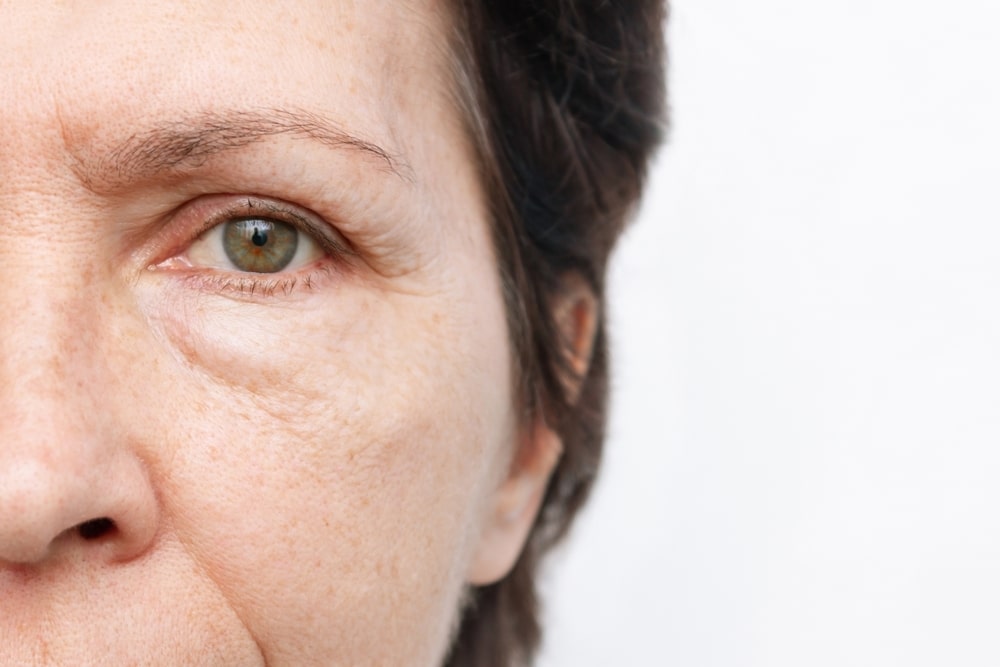
Are you tired of looking tired? Do droopy eyelids make you appear older than you feel, or worse, interfere with your vision?
These are common concerns that many people face as they age. However, there is a surgical option that can help restore your confidence and give you a refreshed appearance.
Blepharoplasty is one of the most popular cosmetic procedures for both men and women, offering both functional and aesthetic benefits. First step to determining whether or not blepharoplasty might be right for you is to learn if you might be a candidate for upper or lower blepharoplasty and what you can expect from the process.
First, What is Blepharoplasty?
Blepharoplasty is a surgical procedure that removes excess skin and fat from the upper or lower eyelids.
With age, the skin around the eyes naturally loses elasticity. The muscles that support the fat around our eyes also weaken over time.
This can lead to drooping upper eyelids or puffy bags under the eyes. For some people, these changes are simply cosmetic concerns. For others, drooping upper eyelids can actually block part of their vision.
Blepharoplasty can address both types of problems. The procedure can improve vision when excess skin interferes with sight, and it can also create a more rested, youthful appearance.
Upper Eyelid Blepharoplasty

Upper eyelid blepharoplasty focuses on the skin above your eye. When the upper eyelid skin becomes loose and saggy, it may hang over your natural eyelid crease and, in severe cases, can even rest on your eyelashes.
During the procedure, the surgeon makes a cut along the natural crease of your upper eyelid. This placement helps hide the scar once healing is complete. Through this incision, excess skin and tissue are removed. The goal is to create a more open eye appearance while maintaining a natural look.
People often consider upper eyelid surgery when the drooping skin makes them look tired all the time, even when they’re well-rested. Some patients also notice that the excess skin blocks their side vision, particularly when looking up or to the sides.
Lower Eyelid Blepharoplasty
Lower eyelid blepharoplasty targets the area under your eyes. Many people develop bags or puffiness in this area as they get older.
This happens when the fat that normally stays in place around your eye starts to bulge forward. The skin in this area may also become loose and wrinkled.
For lower eyelid surgery, the incision is typically made just below the lash line. The surgeon can then remove or reposition excess fat and tighten loose skin. The result is a smoother, less puffy appearance under the eyes.
Unlike upper eyelid problems, lower eyelid bags rarely affect vision. Instead, they tend to make people look tired, older, or sometimes even sad, regardless of how they actually feel.
How Do I Know if I Qualify For the Blepharoplasty Procedure?
Several factors help determine whether blepharoplasty might be right for you. The most important consideration is what specific problems you’re experiencing with your eyelids.
For upper eyelid surgery, you might be a candidate if you have skin that droops over your upper eyelid crease, notice that your field of vision seems limited, especially when looking up or to the sides, feel like your eyelids are heavy or tired, or simply want to address the aged appearance that droopy eyelids can create.
For lower eyelid surgery, you might benefit if you have persistent puffiness or bags under your eyes that don’t improve with rest, notice that the skin under your eyes has become loose or wrinkled, or feel that the bags under your eyes make you look older or more tired than you feel.
Good candidates for either procedure are generally in good health, have realistic expectations about what surgery can accomplish, and understand both the benefits and risks involved.
Your age isn’t necessarily a limiting factor. People in their 40s through their 80s can be good candidates, depending on their individual circumstances.
It’s worth noting that some people benefit from having both upper and lower blepharoplasty, while others only need one or the other. The decision depends on your specific anatomy and concerns.
Does Insurance Cover Blepharoplasty?

Whether insurance covers blepharoplasty depends on why you need the surgery. If the procedure is purely for cosmetic reasons, insurance typically won’t cover it. However, if drooping upper eyelids significantly interfere with your vision, insurance may consider the surgery medically necessary.
To determine if your upper eyelid surgery might be covered, you’ll usually need to undergo visual field testing. This test measures how much your drooping eyelids restrict your ability to see in different areas of your visual field.
If the test shows that your eyelids are blocking a significant portion of your vision, insurance may approve coverage for the upper portion of the surgery.
Lower eyelid surgery is almost never covered by insurance because bags under the eyes don’t typically interfere with vision or daily function. These aesthetic procedures are considered cosmetic.
If you think your eyelid problems might be affecting your vision, it’s worth discussing this with your eye doctor. They can help determine whether testing might support a case for insurance coverage.
For procedures not covered by insurance, Kirk Eye Center offers financing options to help make treatment more accessible for patients considering cosmetic blepharoplasty.
What Happens During a Blepharoplasty Consultation?
A blepharoplasty consultation is your opportunity to discuss your concerns and learn whether surgery might help. During this visit, your surgeon will examine your eyelids carefully and ask about any vision problems you’ve noticed.
During this exam, your eye doctor will look at the quality and thickness of your skin, how much excess skin you have, and the position of your eyebrows and eyelids. If you’re having vision problems, your doctor may perform tests to measure how the position of your eyelids affects your sight.
Your surgeon will also ask about your medical history, any medications you take, and your goals for surgery. This is a good time to ask questions about the procedure, recovery, and what results you can realistically expect.
If you decide to proceed with surgery, you’ll receive detailed instructions on how to prepare. This typically includes avoiding certain medications that can increase bleeding risk, such as aspirin or anti-inflammatory drugs. If you smoke, you’ll need to stop well before surgery, as smoking significantly increases the risk of complications and slows healing.
Do you want to learn more about the procedure or determine if you might be a candidate for upper or lower blepharoplasty? Schedule a consultation at Kirk Eye Center in one of our convenient Chicago locations!

